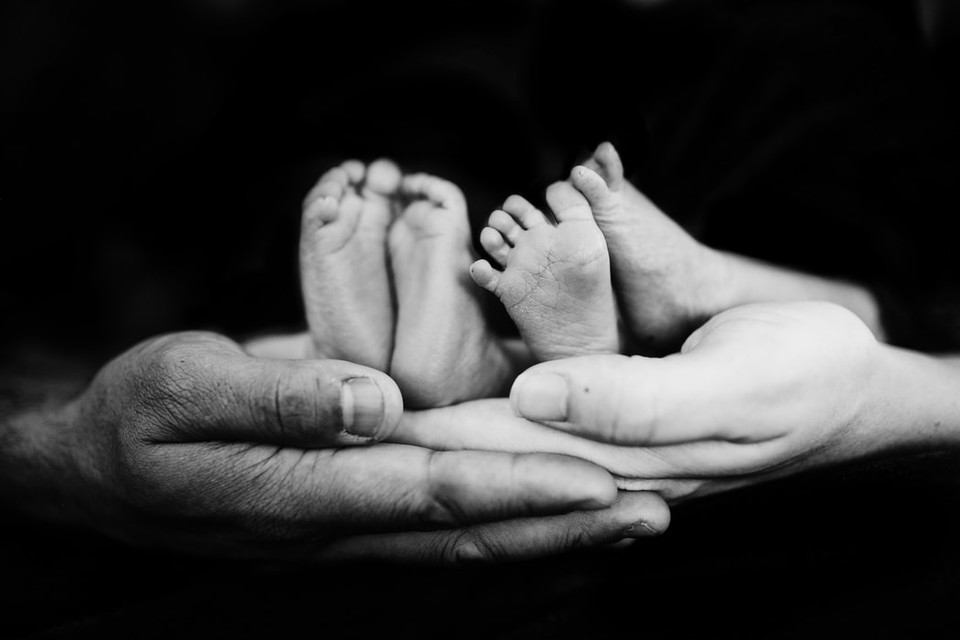It is no longer news that Korea faces a demographic crisis marked by rapid population aging and ultralow birthrate.
According to government data, the number of newborns in the country totaled 630,000 in 2000 but fell by more than half to 300,000 in 2019. However, the number of twin births jumped 30 percent, from 10,700 to 14,000, over the period. The twin births’ rate also tripled from 0.5 percent in 1980 to 1.54 percent in 2020.
Korea is not alone in recording a sharp jump in the number of twin births.

A group of international researchers, led by Professor Christiaan Monden from Oxford University, has analyzed the birthrate of twins in 165 countries from 1980 to 2015 and found that the twin birth rate rose from 0.9 percent to 1.2 percent, a 30 percent increase in the last 30 years. This means one in every 42 newborn cases is twin birth.
Behind the global increase in twin-births was the introduction of in vitro fertilization (IVF) technology, which gave birth to a test tube baby in 1978. More than four decades have passed since then, and IVF has given life to about 8 million babies.
IVF is also called a test-tube baby procedure, as it takes an embryo to be transplanted into the uterus after fertilizing the egg and sperm in a test tube.
Researchers found that the ratio of twins rose in most other countries between the early 1980s and 2010s. The twinning rate increased by 32 percent in Asia and soared by 71 percent in North America.
In Korea, the rate more than tripled from 0.5 percent to 1.54 percent from the 1980s to early 2010s. Considering that the first test-tube baby born in Korea was 1985, the rate has shown a steep increase. It also is far higher than in neighboring countries. The comparable rate in Japan rose from 0.61 to 0.96 percent, and that of China's climbed from 0.65 to 0.98 percent during the same period.
“Most of the increased twins are fraternal twins, meaning children born with two eggs and two sperm each. The twins are born simultaneously, but with different genetic information,” the research team said. “The reasons for rising twin births are also due to the delayed marriage and childbirth in couples. In Korea, the ratio of twins among mothers in their late 30s (35-39) is the highest, at 6.9 percent.”
On average, however, the rate of twin-births resulting from IVF is about three times higher than that caused by late childbearing, it said.

